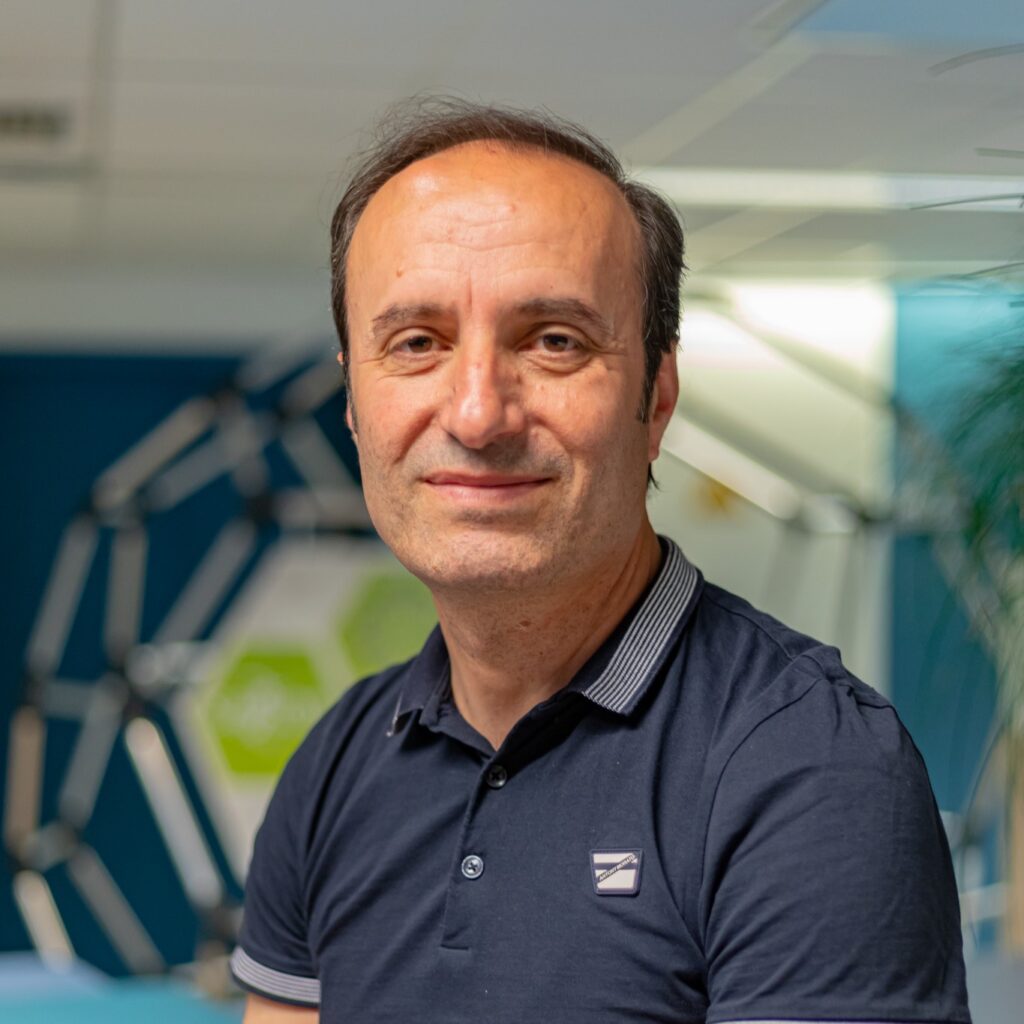Glucose sensing with optical fibers
Funding: TFF
Project duration:
Diabetes Mellitus is a metabolic disease characterized by a high concentration of glucose in the blood. Type 1 diabetes is an autoimmune disease in which the body no longer produces functional insulin, and blood sugar is no longer effectively absorbed by the cells. These patients must measure their blood glucose concentration several times a day.
Inreda Diabetic in Goor is developing a device that is placed in the abdominal cavity using a sensor that measures the glucose concentration in the interstitial fluid and then, based on this measurement, injects the correct amount of insulin and/or glucagon. With this device, which can be worn on the stomach on the belt, the blood sugar level is accurately regulated, and the type 1 diabetes patient no longer has to continuously monitor whether he/she has a proper blood sugar concentration. The glucose sensor that is currently used works based on an enzymatic reaction and has a 12-to-24-hour break-in time, during which it does not yet provide accurate values. This is too long, especially if this sensor must be replaced after 36 hours, it will not be operational for a large part of the time. Inreda is therefore looking for a new sensor method that can measure the glucose in the body faster and more accurately and has a shorter run-in time.
In collaboration with Inreda, UT and ZGT, the Applied Nanotechnology research group has realized a first prototype based on optical fibers. The aim of this follow-up project is the development and validation of an optical fiber-based sensor for quickly and accurately measurement of the glucose concentration in the interstitial fluid under the skin. This sensor must then be integrated with the Inreda device.
Click here to go back to the research line
Project members ANT:

First Lastname
Project leader
Contact:

First Lastname
Project member
Contact:

First Lastname
Project member
Contact:
Project partners:

Company Name

Company Name

Company Name

Company Name